AI-powered creativity has taken a bold leap forward with the arrival of OpenAI's GPT-4 and GPT-4o. These models generate complex scripts, analyze images, and help businesses create high-quality content faster than ever before. While GPT-4 can't create videos directly, you can use it for scripting, planning, and even translating video content across languages and formats.
So today, we will break down how GPT-4 and GPT-4o are changing video production, their pros and cons, and how you can turn your AI-generated script into a compelling video with AI tools.
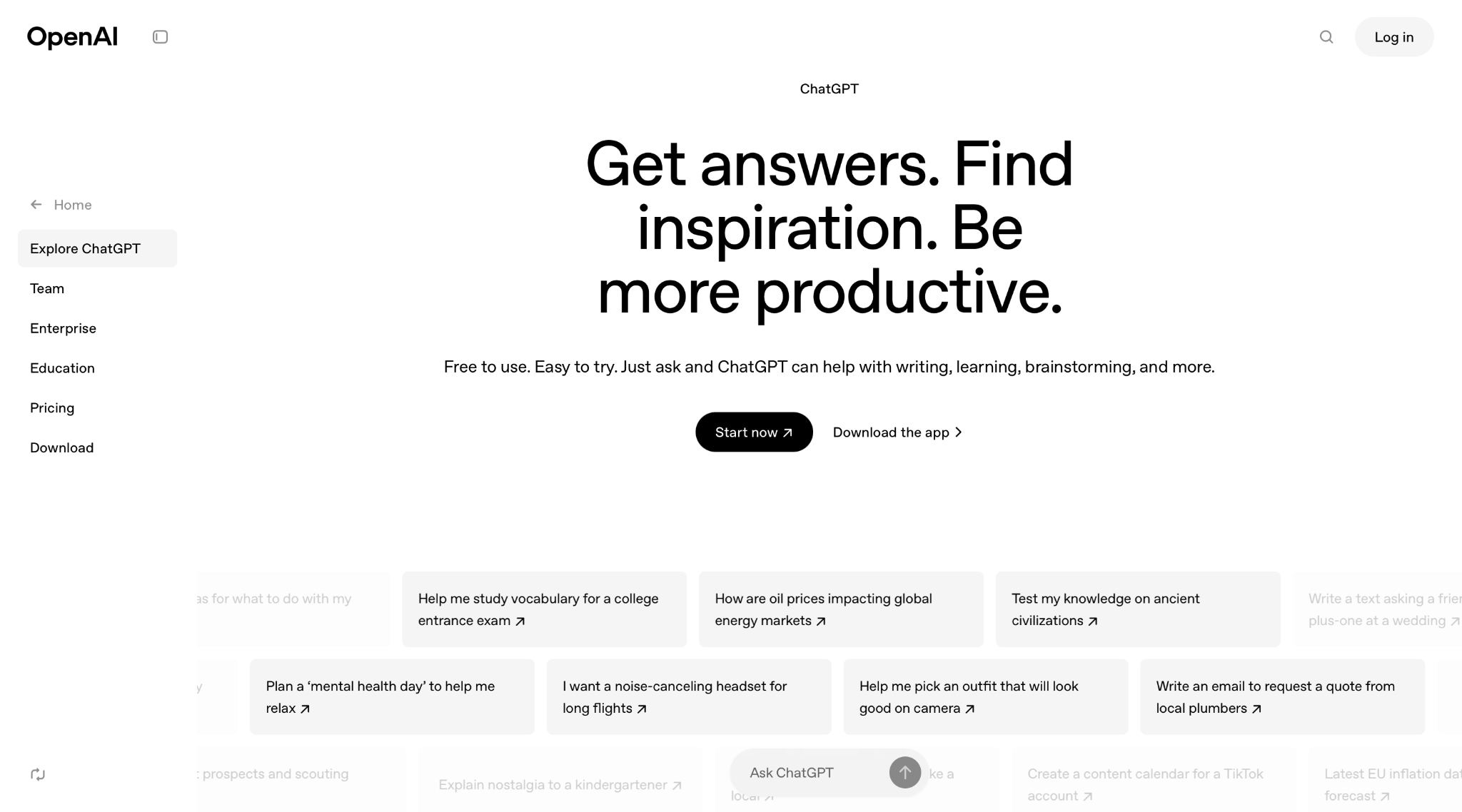
Part 1. Introduction to GPT-4, GPT-4o, and ChatGPT Video Editing
OpenAI's GPT-4 and GPT-4o represent a major leap in artificial intelligence capabilities. Released as the successors to GPT-3.5, these models are smarter, more responsive, and more versatile than ever. While GPT-4o (the “o” stands for “omni”) adds the power of image interpretation alongside text input, both models push the limits of what AI can do for content creators.

Importantly, GPT-4 and GPT-4o do not generate videos directly. Instead, they enable the foundational steps of video creation, such as writing scripts, creating narration, generating subtitles, and planning scenes. This shift has unlocked a powerful new workflow for creators, marketers, educators, and HR professionals. The result is a faster, more scalable workflow powered by AI-driven content generation.
Part 2. What Is ChatGPT-4? Benefits & Drawbacks Compared to GPT-3.5
GPT-4 is a multimodal large language model (LLM) created by OpenAI. It accepts longer inputs, delivers more accurate responses, and can even interpret images if you're using GPT-4. Trained on roughly 100 trillion parameters (over five times more than its predecessor), GPT-4 can handle complex reasoning, creative writing, and content planning tasks with ease.
Key Features of GPT-4
Massive Training Scale (~100T Parameters)
Trained on an extensive dataset, GPT-4 delivers more accurate, context-aware, and natural-sounding responses.
Multimodal Input (GPT-4o)
Accepts both text and image inputs, allowing users to interact using photos, diagrams, or screenshots.
Extended Token Limit (Up to 25,000 Words)
Handles longer prompts and outputs, ideal for full scripts, reports, or in-depth content.
Improved Accuracy and Reasoning
Offers better logical flow and factual precision compared to earlier versions.
Multilingual Support
Capable of generating and translating content in multiple languages for global use.
Customizable Responses
System prompts let users control tone, style, and behavior to match specific needs.
Comparison Table: GPT-4 vs GPT-3.5
| Feature | GPT-3.5 | GPT-4 |
| Training Data Size | ~175B parameters | ~100T parameters |
| Input Types | Text only | Text + image (4o) |
| Token Limit | ~4,000 tokens | ~32,000 tokens |
| Reasoning Ability | Moderate | Advanced |
| Availability | Free + Pro | ChatGPT Plus only |
Benefits of GPT-4
Speed & consistency: Generates responses faster and more reliably
Scalable & cost-effective: Handles high query volumes with minimal cost
Multilingual & personalized: Adapts to tone, language, and prompt style
Creative scripting assistant: Ideal for writing engaging video scripts
Limitations of GPT-4
Occasional inaccuracies: May generate convincing but false information
Ethical risks: Can be misused for harmful content generation
Lacks emotional depth: Not suitable for sensitive or empathetic tasks
Still needs human oversight: Best when paired with human review/editing
Part 3. How GPT-4 Is Changing the Video Creation Process
While GPT-4 and GPT-4o don't directly produce video files, they have become powerful tools in the pre-production phase of modern video creation. These models handle complex language tasks with precision and speed, offering a foundation for creators to build polished, high-impact videos. By automating time-consuming tasks like scriptwriting and translation, GPT-4 helps streamline the video production pipeline.
Key Use Cases for GPT-4 in Video Content Creation
Scriptwriting
GPT-4 can generate full-length scripts, scene outlines, interview questions, or YouTube monologues. Its ability to understand tone, structure, and storytelling makes it useful for creating engaging narratives.
Subtitles and Captions
The model can automatically generate and translate subtitles into multiple languages, helping teams reach a broader, global audience without hiring multiple translators.
Narrative Writing
Content creators use GPT-4 to write narration text, which can then be fed into text-to-speech engines or recorded manually. The model adjusts tone and complexity based on the audience.
Storyboarding and Scene Planning
By describing scene flow, camera angles, or on-screen actions through natural language prompts, GPT-4 helps users visualize the structure of their video before any editing begins.
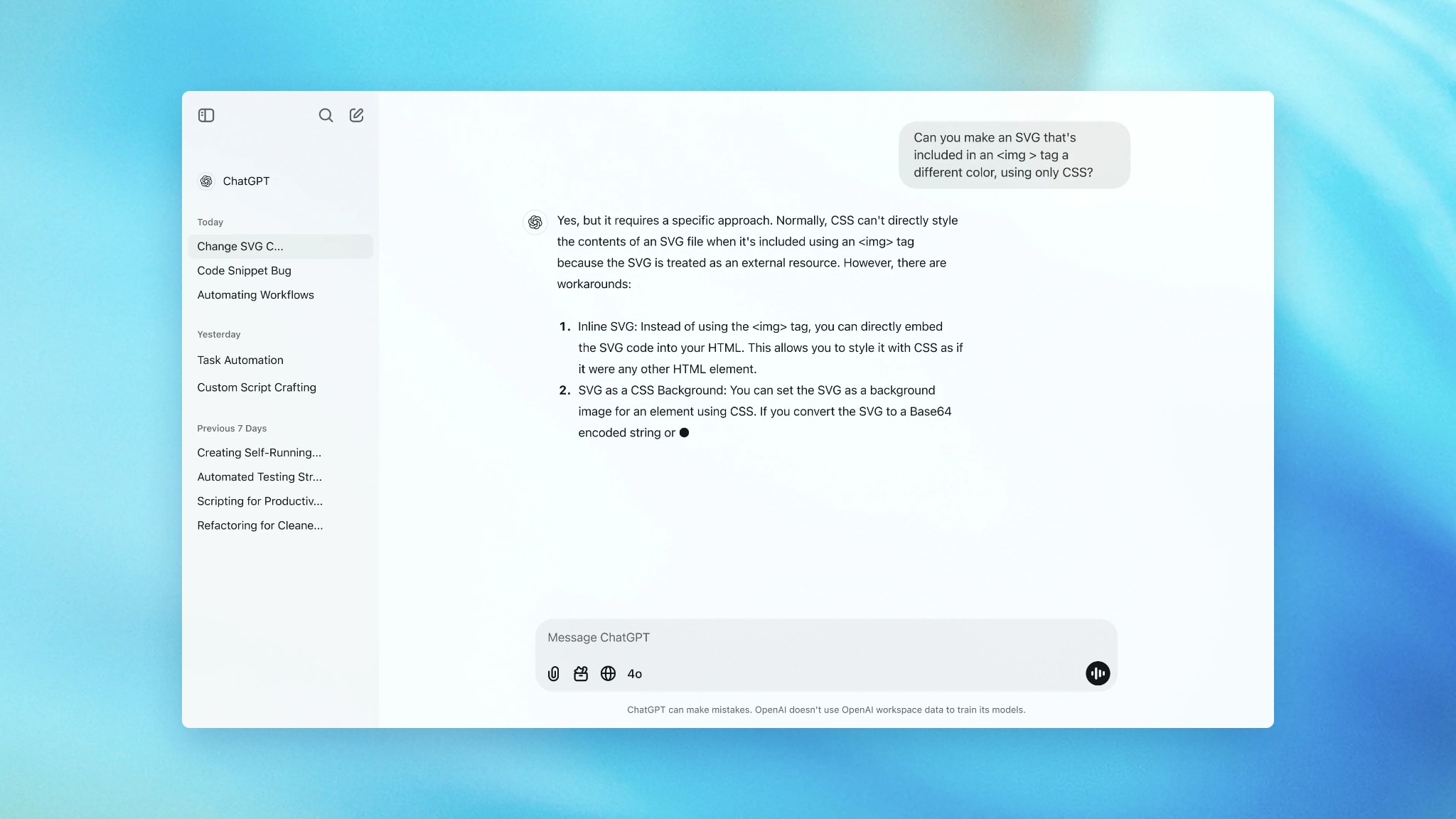
Who Benefits from GPT-4 in Video Production?
Marketers
Quickly generate product explainer scripts, promotional video content, and social media ad copy that aligns with brand messaging and campaign goals.
Educators
Build lesson plans, tutorial outlines, and academic explainer videos tailored to different learning levels and styles.
HR and Corporate Trainers
Create training materials, onboarding scripts, and internal communication videos for consistent and clear employee engagement.
Real-World Example
Imagine you need a 90-second explainer video for a new software product. Using GPT-4, you generate a concise, structured script with a clear intro, problem-solution narrative, and CTA. You then pair it with screen recordings, stock footage, or animated elements in a video editor.
GPT-4's strength lies in removing creative roadblocks and accelerating the planning phase. It allows creators to focus more on execution and impact.
Part 4. How to Edit ChatGPT-Generated Videos
While GPT-4 and GPT-4o handle the heavy lifting during the planning and scripting stage, you still need a reliable tool to transform that content into a final video. Here, you can use Wondershare Filmora's AI Idea to Video feature.
This feature automatically generates storyboard visuals, scenes, and edits based on your input. It is ideal for users who want to convert ChatGPT-generated ideas into high-quality videos without manual editing from scratch.
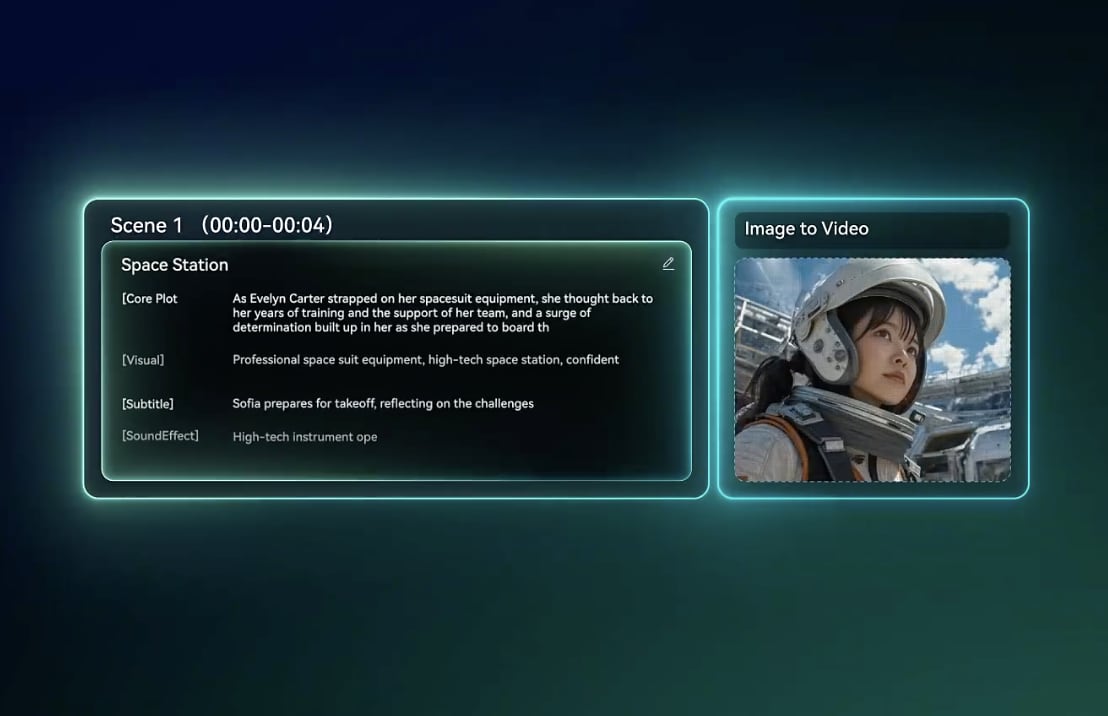
How to Create a Video from AI Script Using Filmora
Step 1. Input the Story or Script
Start by entering your GPT-generated script, idea, or story summary into Filmora's AI Idea to Video tool. The AI refines the content, expands the narrative, and begins generating a visual storyboard with matching scene descriptions.
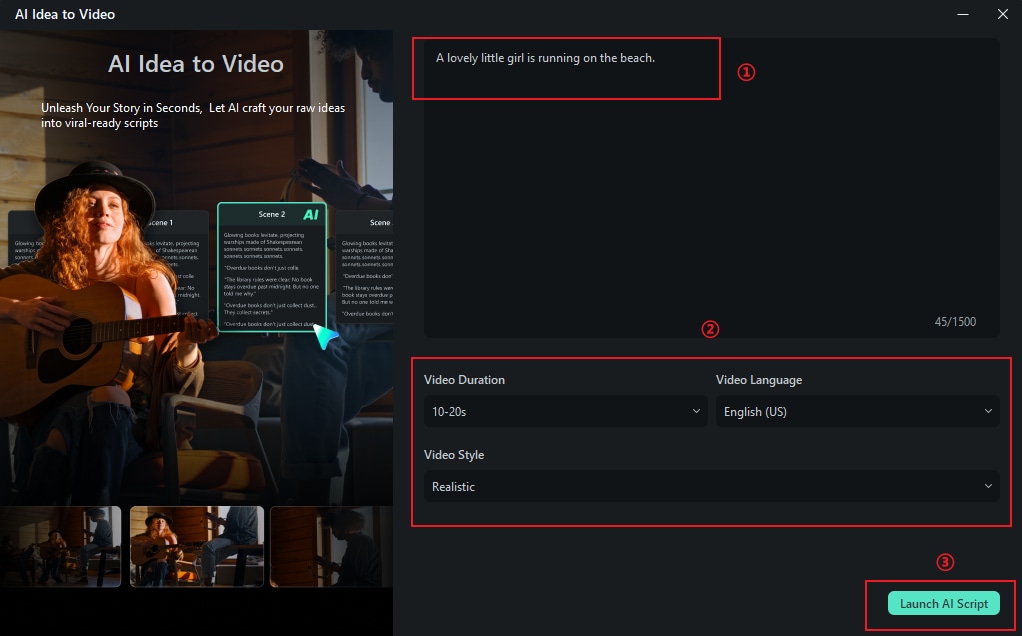
Step 2. Confirm Storyboard and Visual Elements
Review and confirm the storyboard script, characters, and scene designs. You can adjust the visual style, set parameters like video duration, and enable enhancements such as visual effects or AI voiceover.
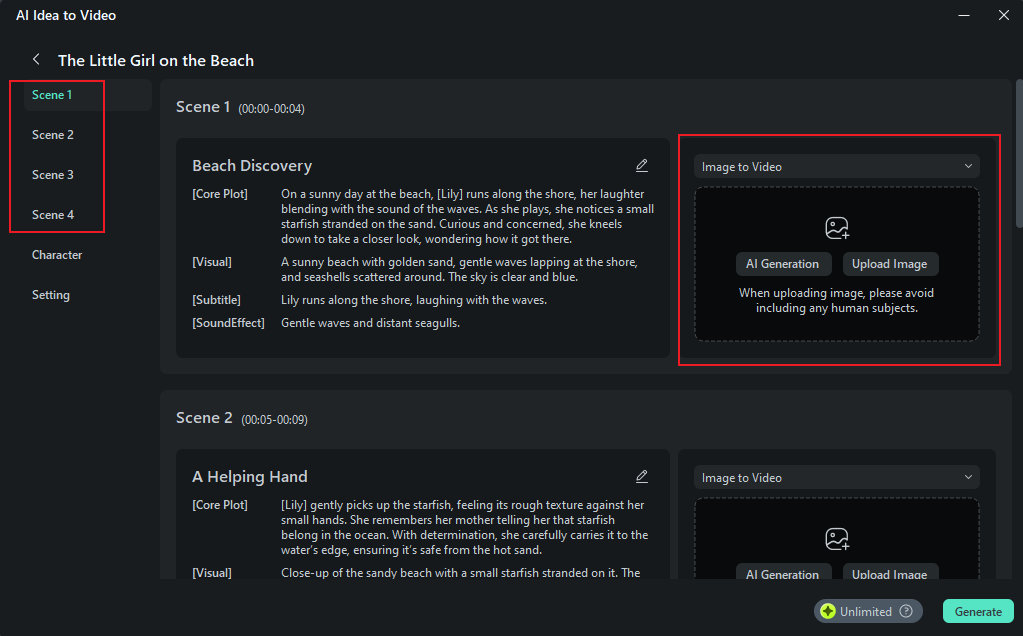
Step 3. Generate and Finalize the Video
Filmora automatically produces the storyboard visuals and places them on the timeline. You can refine the video in post-production, then export it in high quality. Use the built-in social planner to share across platforms efficiently.
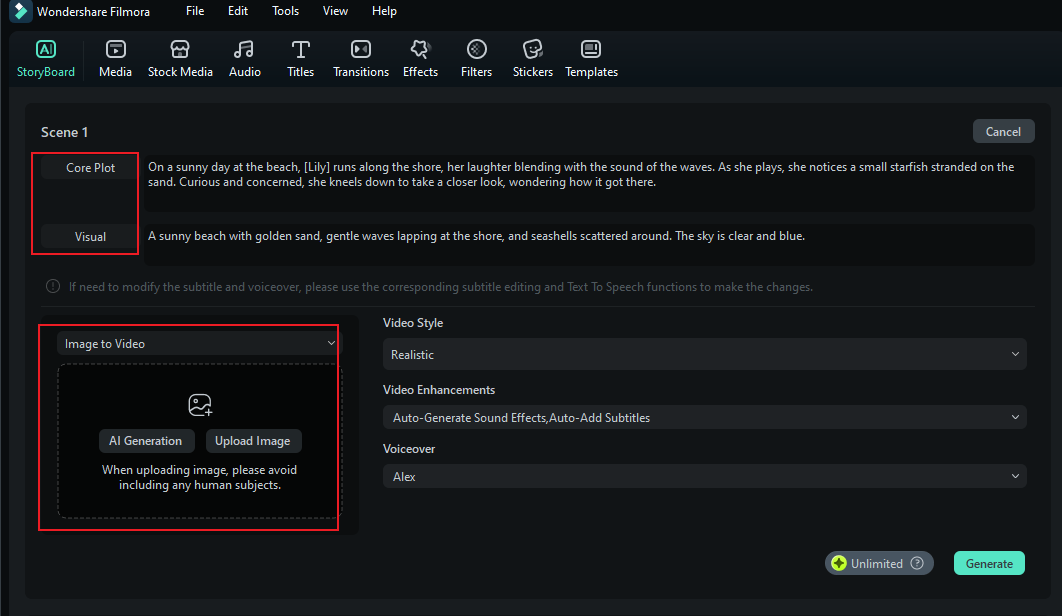
Why Choose Filmora?
Filmora simplifies GPT-based video production by combining intelligent automation with creative tools:
Seamless AI Workflow: Easily import GPT-4 scripts and convert them into voiceovers or subtitles using Text-to-Speech and Auto Subtitle tools.
Beginner-Friendly Editing: Filmora's interface is designed for ease of use, allowing users to edit efficiently without prior experience.
Creative Styling Templates: Pre-built titles, transitions, and motion graphics help speed up the visual editing process while maintaining professional quality.
Versatile Applications: Ideal for producing content across industries, such as education, marketing, internal communications, social media, and more.
Conclusion
GPT-4 and GPT-4o may not generate videos directly, but they have become essential tools in the modern video production process. These AI models dramatically reduce the time and effort needed during the pre-production phase.
Paired with Filmora's AI Idea to Video feature, you can now turn GPT-generated content into full videos in just a few steps, complete with visuals, transitions, voiceovers, and subtitles.
As AI technology continues to evolve, workflows that combine GPT-4 and Filmora will reshape how we plan, create, and deliver video content. Now is the perfect time to experiment: generate your next script using GPT-4, and let Filmora bring it to life.



 100% Security Verified | No Subscription Required | No Malware
100% Security Verified | No Subscription Required | No Malware


